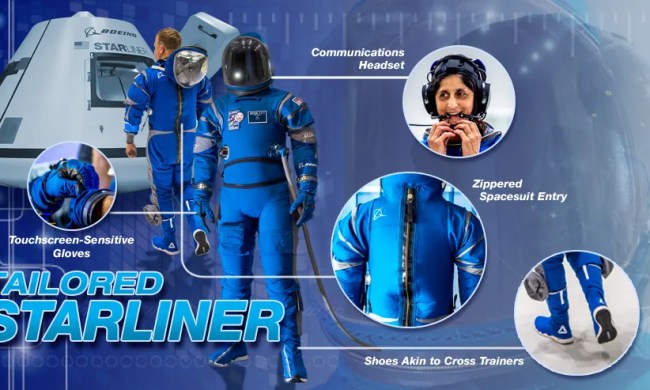It takes a lot of power to get a spacecraft through Earth’s atmosphere and out of its gravity. But once a craft has reached orbit, it requires relatively little power to move through space. In fact, even tiny amounts of consistent power could allow a craft to travel to the furthest depths of the solar system, which is the principle behind solar sailing. This technology attaches huge, thin sheets of reflective material to a spacecraft. Tiny photons of light from the sun bounce off this material and give the craft a tiny push forward, allowing it to sail through space.
Solar sail crafts like the LightSail 2 have proven that the technology works in principle. However, there are some limitations. For a start, solar sailing craft start off traveling much more slowly than those powered by thrusters. But a bigger issue is one of navigation. Solar sails have to work with the direction of sunlight available, and maneuvering them is difficult. Now, NASA is looking into new designs for solar sails which would improve their navigational capabilities.

The idea is to use a technology called diffractive solar sails, which have small gratings in the sails which lets some light through. As light passes through a small opening it spreads out, in a process called diffraction, which still provides a push against the sail. But because of the gratings, the incoming light can be more precisely controlled, hence the craft can be more accurately maneuvered.
“Diffraction essentially lets you tailor the angle at which the incoming light is redirected,” explained Amber Dubill of the Johns Hopkins University Applied Physics Laboratory, leader of the research team, in a statement. It also allows the sail to be smaller than the current huge sails used by solar sail craft.
The team is developing the technology with an eye to performing a demonstration mission that would visit the sun’s poles. It’s hard to reach these poles using traditional spacecraft propulsion systems, but solar sails could be used to put a craft in orbit around them.
“While this technology can improve a multitude of mission architectures, it is poised to highly impact the heliophysics community’s need for unique solar observation capabilities,” said Dubill. “With our team’s combined expertise in optics, aerospace, traditional solar sailing, and metamaterials, we hope to allow scientists to see the sun as never before.”
NASA has awarded the group a $2 million research grant to develop this technology under its Innovative Advanced Concepts (NIAC) program. “As we venture farther out into the cosmos than ever before, we’ll need innovative, cutting-edge technologies to drive our missions,” said NASA Administrator Bill Nelson in a statement. “The NASA Innovative Advanced Concepts program helps to unlock visionary ideas — like novel solar sails — and bring them closer to reality.”



